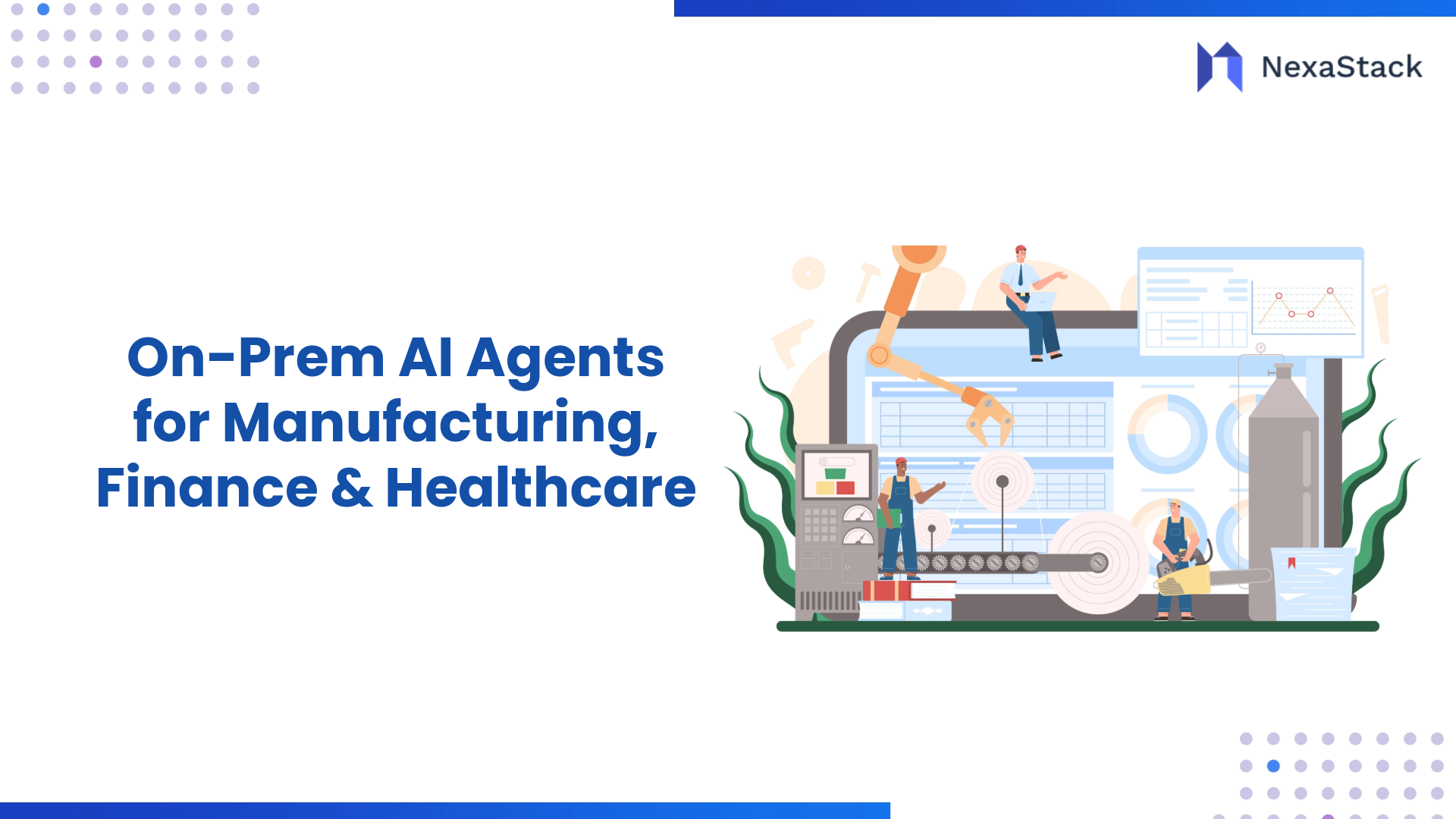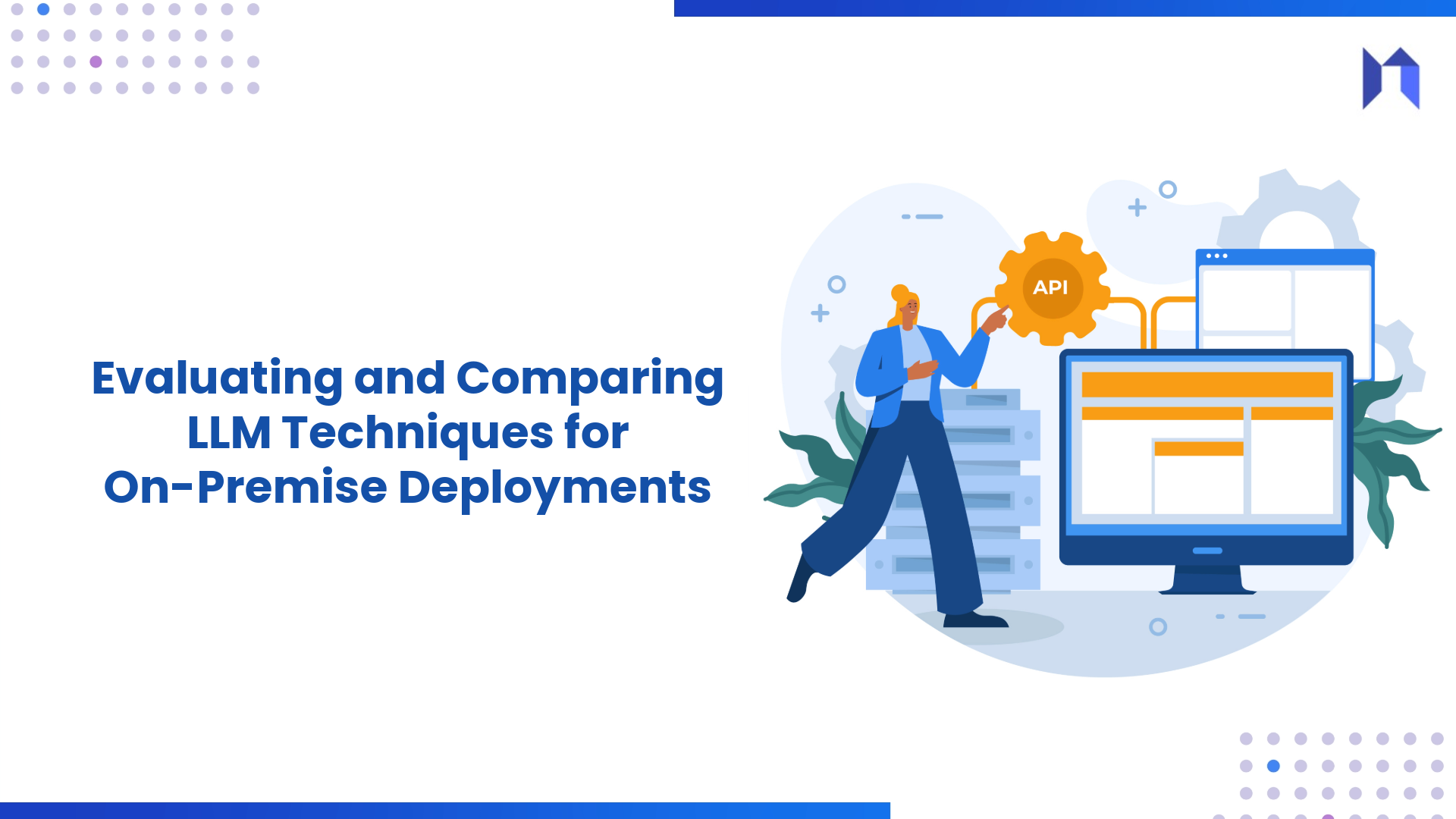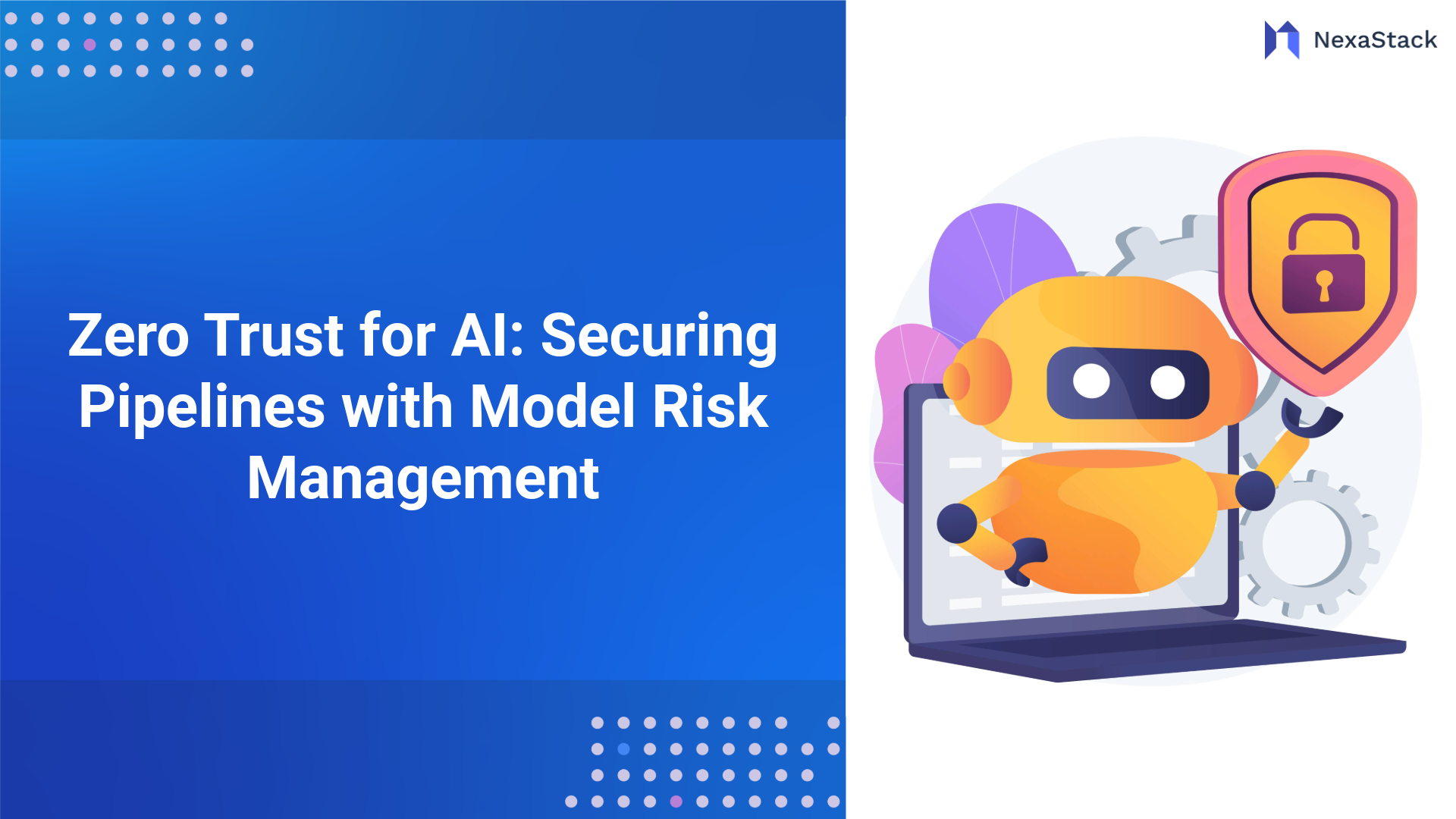Managing the lifecycle of AI models has become the cornerstone of the data-driven world. While companies pursue ways to innovate, improve their operations, or make more intelligent decisions with AI, it is not just about building AI models but also about the questions about how best to manage them throughout their entire life cycle.
That takes everything from development and deployment through monitoring to the retirement of models that have completed their useful life. Without a solid lifecycle strategy, an organisation could seriously compromise its position because of declining model performance, compliance risks, and resource-draining activities.
On the other hand, live model management helps ensure that the models are accurate, delivered according to a standard set of goals, and in line with the regulations. In this blog post, we shall discuss in detail why AI model lifecycle management is crucial, what the whole lifecycle looks like, and where teams usually go wrong, for example, ignoring model decay. We will provide some practical steps and best practices to facilitate model management better, possibly using IBM Cloud Pak for Data and Watson OpenScale.
With clever planning, organisations will avoid every pitfall and reap the benefits of their AI investments now and in the future. 
Why AI Model Lifecycle Management Matters More Than Ever
The rapid adoption of AI across industries underscores the importance of robust lifecycle management. As organisations deploy AI models at scale, they face challenges like data drift, model degradation, and evolving regulatory requirements. Without a structured approach, models can become obsolete, leading to inaccurate predictions, financial losses, and reputational risks. For instance, a loan approval model may fail to adapt to changing economic conditions, resulting in biased or unreliable outcomes. Effective lifecycle management ensures models remain relevant, compliant, and cost-efficient.
It also addresses ethical considerations, such as fairness and explainability, which are critical for building trust. Lifecycle management optimises resource utilisation by reducing redundant efforts and preventing over-reliance on outdated models. By proactively managing the lifecycle, organisations can align AI initiatives with strategic objectives, mitigate operational risks, and drive sustainable value in finance, healthcare, and retail industries.
Understanding the Full AI Model Lifecycle
The AI model lifecycle encompasses six key phases: Collect, Organise, Build, Deploy, Monitor, and Retire. Each phase involves specific tasks, roles, and tools to ensure a model’s success and longevity.
-
Collect: Data scientists and engineers gather raw data from diverse sources, addressing the “5 V’s” (volume, velocity, variety, veracity, and value). High-quality data collection is foundational for robust model performance.
-
Organise: Data stewards apply governance rules to ensure data quality, compliance, and security. Tools like IBM Watson Knowledge Catalogue help transform raw data into structured, reusable assets.
-
Build: Data scientists develop models using platforms like IBM Watson Studio, which supports collaborative workflows and AutoAI for automated model selection and hyperparameter tuning.
-
Deploy: AI Operations teams validate and deploy models into production, ensuring scalability and integration with enterprise systems. Tools like Watson Machine Learning streamline this process.
-
Monitor: Continuous monitoring with platforms like IBM Watson OpenScale tracks key metrics such as accuracy, fairness, and drift, enabling proactive retraining when performance degrades.
-
Retire: Outdated or underperforming models are decommissioned responsibly, with proper data and documentation archiving to ensure compliance and minimise resource waste.
A clear understanding of these phases enables organisations to implement a holistic approach, reducing risks and enhancing model reliability across the lifecycle.

Image Description: A model monitoring dashboard displaying real-time performance metrics, fairness scores, and drift alerts, providing actionable insights for AI model management.
Common Pitfalls in AI Model Management
AI model management often encounters pitfalls that undermine efficiency and effectiveness, leading to increased costs and risks:
-
Technical Debt: Accumulated shortcuts, such as poor documentation, unoptimized code, or lack of version control, create long-term maintenance challenges. For example, a hastily developed model may require extensive rework to meet compliance standards.
-
Model Decay: Models degrade over time due to data drift (changes in input data distribution) or concept drift (changes in the relationship between inputs and outputs). A predictive maintenance model in manufacturing may fail if equipment usage patterns shift, necessitating retraining.
-
Wasted Resources: Inefficient processes, such as manual data preprocessing or redundant model retraining, consume time and budget. Without automation, data scientists may spend up to 70% of their time on repetitive tasks, reducing innovation capacity.
-
Compliance Risks: Failure to adhere to regulations like GDPR or CCPA can lead to legal penalties and reputational damage. Ungoverned models may also introduce biases, eroding trust in AI systems.
Addressing these pitfalls requires a disciplined approach to lifecycle management, supported by robust tools and governance frameworks.
Strategies for Effective AI Model Management
To overcome these challenges, organisations can adopt the following strategies to ensure efficient, risk-aware AI model management:
-
Standardised Processes: Implement methodologies like IBM’s AI Ladder, which provides a structured framework for data management, model development, and deployment. This approach enhances collaboration and reduces errors.
-
Continuous Monitoring: Use tools like Watson OpenScale to detect real-time data drift, concept drift, and performance degradation. Automated alerts enable timely retraining, maintaining model accuracy.
-
Agile Practices: Adopt agile development principles like iterative sprints and cross-functional teams to accelerate model development and deployment while ensuring quality.
-
Risk Mitigation: Incorporate governance frameworks to ensure compliance with regulations like GDPR, HIPAA, or industry -specific standards. Regular audits and fairness checks prevent ethical issues like bias.
-
Resource Optimisation: Leverage automation tools like AutoAI in Watson Studio to streamline data preprocessing, feature engineering, and model tuning, freeing data scientists for strategic tasks.
-
Stakeholder Alignment: Engage business leaders, data scientists, and compliance teams early to align AI models with organisational goals and regulatory requirements.
These strategies create a resilient, scalable framework for managing AI models, minimising risks and maximising value.
Leveraging Tools for AI Lifecycle Success
Selecting the right tools is critical for streamlining AI model lifecycle management. Platforms like IBM Cloud Pak for Data integrate tools like Watson Studio, Watson Machine Learning, and Watson OpenScale, providing end-to-end support for data preparation, model building, deployment, and monitoring. Open-source alternatives like MLflow and Kubeflow also offer robust model tracking and orchestration capabilities. These tools enable seamless collaboration, scalability, and integration with existing enterprise systems, ensuring models are production-ready and aligned with business needs.
Automation: The Key to Efficiency
Automation is a game-changer in AI lifecycle management, reducing manual effort and human error. According to industry studies, tools like IBM Watson Pipelines automate tasks such as data cleaning, feature selection, and model retraining, saving up to 50% of development time. Automated hyperparameter tuning with AutoAI accelerates model optimization, while automated monitoring with Watson OpenScale detects real-time performance issues. Organisations can scale AI initiatives efficiently by prioritising automation and allocating resources to high-value tasks like innovation and strategy.
Governance Best Practices for Trust and Compliance
AI governance ensures transparency, accountability, and compliance throughout the lifecycle. Best practices include:
-
AI Factsheets: Document model metadata, including training data, performance metrics, and fairness scores, to ensure traceability. Tools like Watson Knowledge Catalog serve as feature stores for reusable data assets.
-
Version Control: Use Git-based systems for collaborative development and version tracking, ensuring reproducibility and accountability.
-
Fairness and Bias Monitoring: Deploy tools like Watson OpenScale to monitor models for bias and fairness, with automated alerts for issues.
-
Security: Protect sensitive data and models with encryption, access controls, and secure APIs, particularly in regulated industries like healthcare and finance.
These practices build trust in AI systems and ensure compliance with global regulations.
 Image Description: A flowchart depicting an AI governance framework, illustrating data lineage, model validation, and compliance checks integrated into the AI lifecycle for transparency and accountability.
Image Description: A flowchart depicting an AI governance framework, illustrating data lineage, model validation, and compliance checks integrated into the AI lifecycle for transparency and accountability.
Future-Proofing AI Investments
Proactive lifecycle planning ensures AI investments deliver sustained value in a rapidly evolving technological landscape. Key approaches include:
-
Scalable Platforms: Invest in platforms like IBM Cloud Pak for Data, which supports multicloud and hybrid deployments and ensures flexibility and scalability.
-
Continuous Learning: Implement automated retraining pipelines to adapt models to new data, regulations, or business requirements. For example, a fraud detection model can be updated to address emerging threats.
-
Cross-Functional Collaboration: Collaborate data scientists, engineers, business leaders, and compliance teams to align models with strategic goals.
-
Sustainability: Plan for model retirement by archiving data, models, and documentation in compliance with regulations, freeing resources for new initiatives.
-
Skill Development: Invest in training programs to upskill teams in AI lifecycle management, ensuring they can leverage advanced tools and stay updated on best practices.
By anticipating future needs, organisations can maximize ROI, maintain compliance, and stay competitive in AI-driven markets. For example, a retail company using predictive analytics can plan for seasonal shifts by automating model updates, ensuring consistent performance.
Case Study: Real-World Impact of Lifecycle Management
Consider a healthcare provider using AI to predict patient readmissions. Initially, the model performs well, but changes in patient demographics cause data drift over time, reducing accuracy. By implementing continuous monitoring with Watson OpenScale, the provider detects the drift early and triggers automated retraining, restoring model performance. Governance tools ensure compliance with HIPAA, while automation reduces manual effort by 40%. This case highlights how lifecycle management drives reliability, compliance, and efficiency in real-world AI applications.
Conclusion: Building a Sustainable AI Future
Effective AI model lifecycle management is a strategic necessity to reduce risks, minimise waste, and maximise value. Organisations can build trust, ensure compliance, and future-proof their AI investments by understanding the whole lifecycle, addressing pitfalls like technical debt and model decay, and leveraging tools like IBM Watson. For deeper insights, explore IBM’s AI Model Lifecycle Management white paper or Microsoft’s Responsible AI practices for additional guidance on building robust AI systems.
Next Steps with Lifecycle Management
Talk to our experts about implementing compound AI system, How Industries and different departments use Agentic Workflows and Decision Intelligence to Become Decision Centric. Utilizes AI to automate and optimize IT support and operations, improving efficiency and responsiveness.


